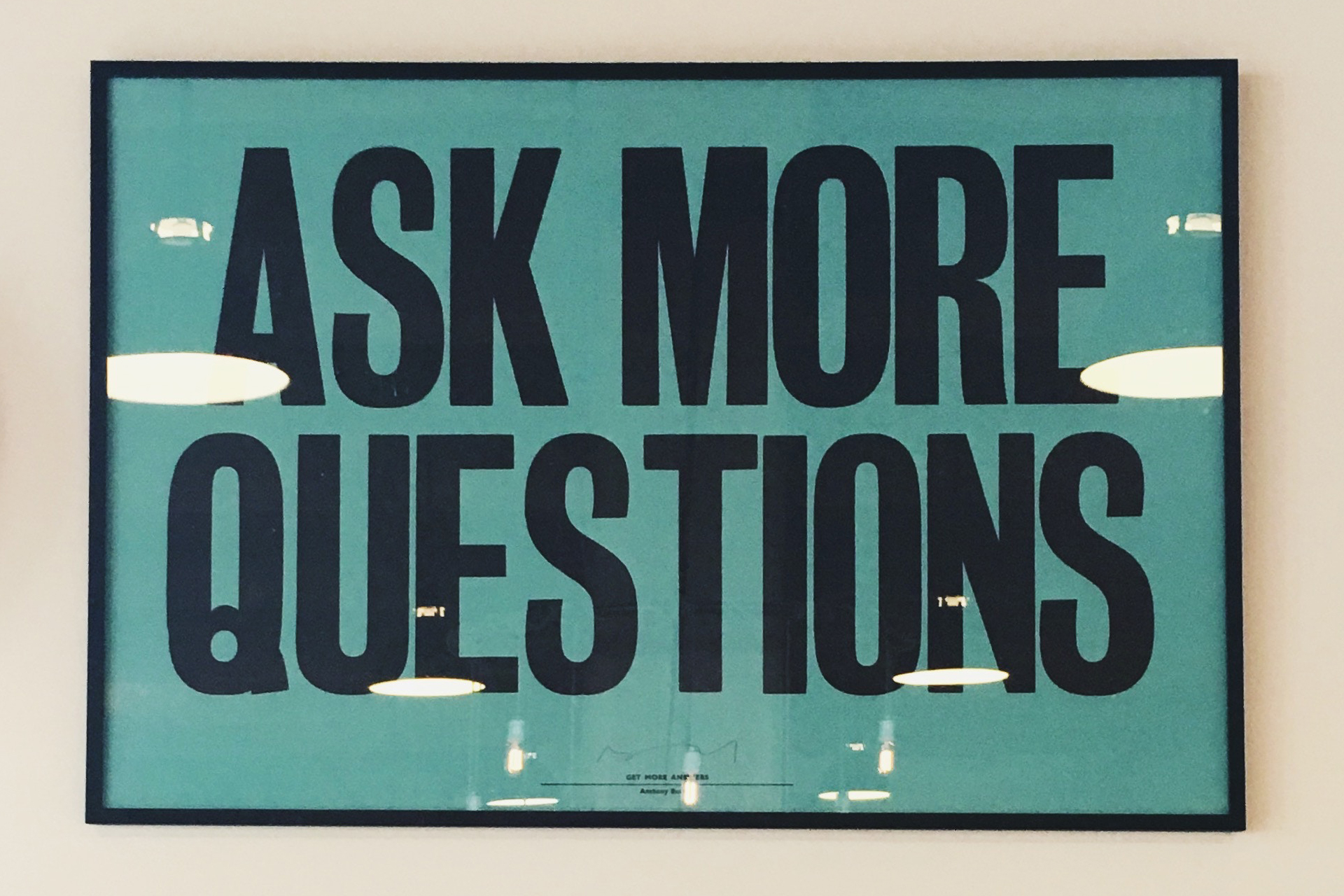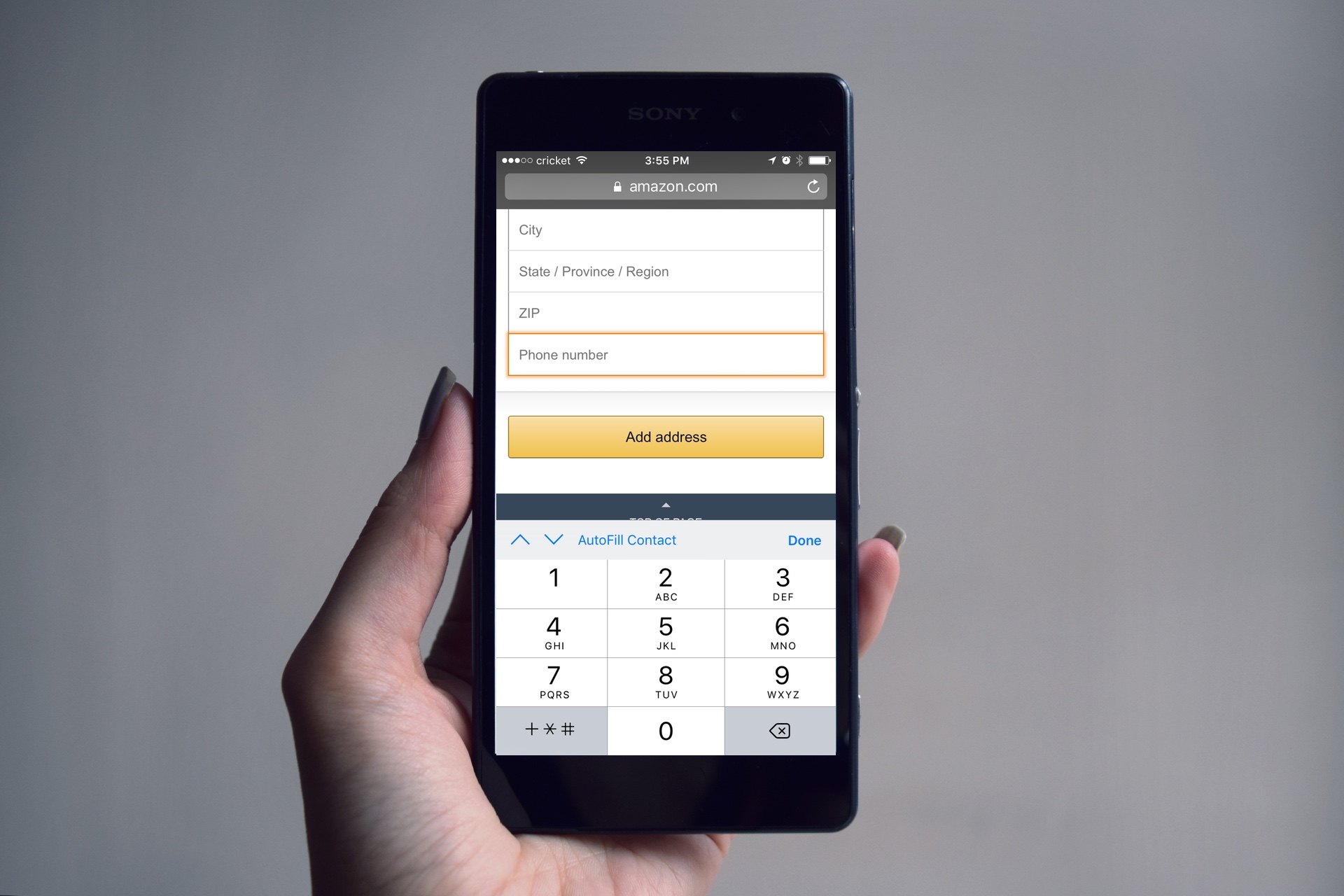Conversational Content is King
6 min read
Do you ever go to a company or product website and think, “I’m not quite sure what they are trying to tell me?” You aren’t alone. When companies speak in jargon it can practically feel like a foreign language. You might as well be reading German at that point—you can get lucky with a few words, but for the most part you’ll be completely lost. And I could probably count the seconds for how long you will stay on that site… eins (1), zwei (2), drei (3), vier (4), fünf (5)… just long enough to decide you are going somewhere else.
Content is part of user experience, and this is why companies like Basecamp, Twitter, Mailchimp, and so many more, have embraced conversational copy; it’s a language that everyone can understand, because it’s like a conversation between friends.
Conversational content is more effective at creating feelings of friendliness, closeness, and trust—three things that are key to building a relationship with users (and friends… see a pattern here?). This type of content allows a brand’s personality to shine. It’s honest, and more importantly, it’s human. Just because people spend all day interacting with technology, doesn’t mean they want to spend all day interacting with a machine. It’s important to make a connection—not a Facebook or LinkedIn type of connection—a real one, like one you would make when meeting an actual living, breathing person.
Conversational copy is honest, and more importantly, it’s human.
The three C’s of conversational copy.
Good content is clear, concise, and consistent.
Clear
In order to achieve this type of content, a company has to understand two major things:
1) Their brand personality.
If you don’t understand your brand, how can you expect someone else to? You can read more about this in Desirable UX: The Power of Personality.
2) Their audience.
It would be inappropriate for a banking site to be informal, light-hearted, and cheeky; but it’s the perfect combination for Twitter, and their users love them for it. But just because a banking site needs to inspire confidence and trust, doesn’t mean it needs to read like an academic research paper. Mint, the online financial tool, shows a great balance of professionalism and authenticity without being boring. The more you read, the more it begins to feel like you are speaking with someone who has your genuine interest at heart. They even make it sound easy to budget your money. It’s too bad they can’t rein in my affinity for shoes…
Concise
When writing this type of content, keep in mind that less really is more. Don’t add extra words because you think it will make your company sound smart, or because you found the thesaurus and want to get creative, or because you have the space. It doesn’t make you sound smart; it makes you sound boring and redundant. No one needs to read that your product is great, excellent, first-class, marvelous, fab, terrific, perfect, the best, number one, fantastic, and tremendous. One ‘great’ will do, don’t you think?
Fluffy, unnecessary content, is wasteful, and just plain old mean. When people are constantly crunched for time, clear and concise content will win their attention and their admiration.
Clear and concise content will win people’s attention and admiration.
Consistent
Being consistent with your voice helps reinforce the brand personality, but consistent doesn’t always mean “same.” To be truly user-focused, the brand’s voice should be slightly different for the segments it intends to reach. For example, Nike doesn’t use the same voice when marketing Jordan gear to young men as it does when it markets running gear to young women. It would be ignorant to think both groups had the same goals and values. While the marketing messages may be completely different, there is an underlying personality that people know belongs to Nike —the personality that has helped distinguish them from their competitors and vaulted them to a place of global recognition.
Conversations with a chatbot.
Digital conversations are going beyond the page. Businesses are now utilizing chatbots to extend their brand and personality. In these cases, conversational content becomes even more imperative for two reasons: 1) You are giving users the impression of having a conversation with a human, so users will expect a human-like conversation. 2) Your chatbot may be the only experience a user has with your product.
Lemonade is changing the landscape of insurance with the help of two chatbots, Maya and Jim. Maya asks for a small amount of information, then can quickly assess your insurance needs, while Jim takes care of the claims. Watch this video to see how Maya and Jim talk to their customers:
“At Lemonade, everything we make embodies these core values (and more, which I’ll share in future posts). It starts with our brand identity: white, hollow line art, big text, plain English, clear call to action—continues with our apps which make buying insurance feel like a friendly conversation, and down to the way we designed our customer care experience.” -Shai Wininger
They are navigating these waters so expertly, that within the first 48 hours even 60-100 year olds were buying their insurance (through an app!).
What if they don’t like me my brand personality?
With all that’s been said, your subconscious may be asking the same thing it did in junior high: What if they don’t like me? Instead of giving you the positive parental pep talk—of course everyone will like you—I’m going to be honest. Some people won’t like your personality.
But guess what? It’s okay. Really. You’re better off without them, in the you-thought-you-loved-him-but-your-friends-knew-he-was-jerk kind of way. In the long run (just like this boyfriend), these customers will be an anchor, always weighing you down with complaints and negative feedback.
You’ll have a greater impact on the customers that do like you, and these are the people that will become passionate about your brand and validate it for others. It may seem as though it’s a high risk/high reward proposition, but the greater risk is in blending in with your competitors and pretending to be something you’re not; it will only leave your customers disappointed and disheartened with your brand.
The greater risk is in blending in with your competitors and pretending to be something you’re not.
So I challenge you to wave your personality flag proudly; talk to your customers like they are your friends; and believe in what you stand for.
And don’t be afraid of the haters.






